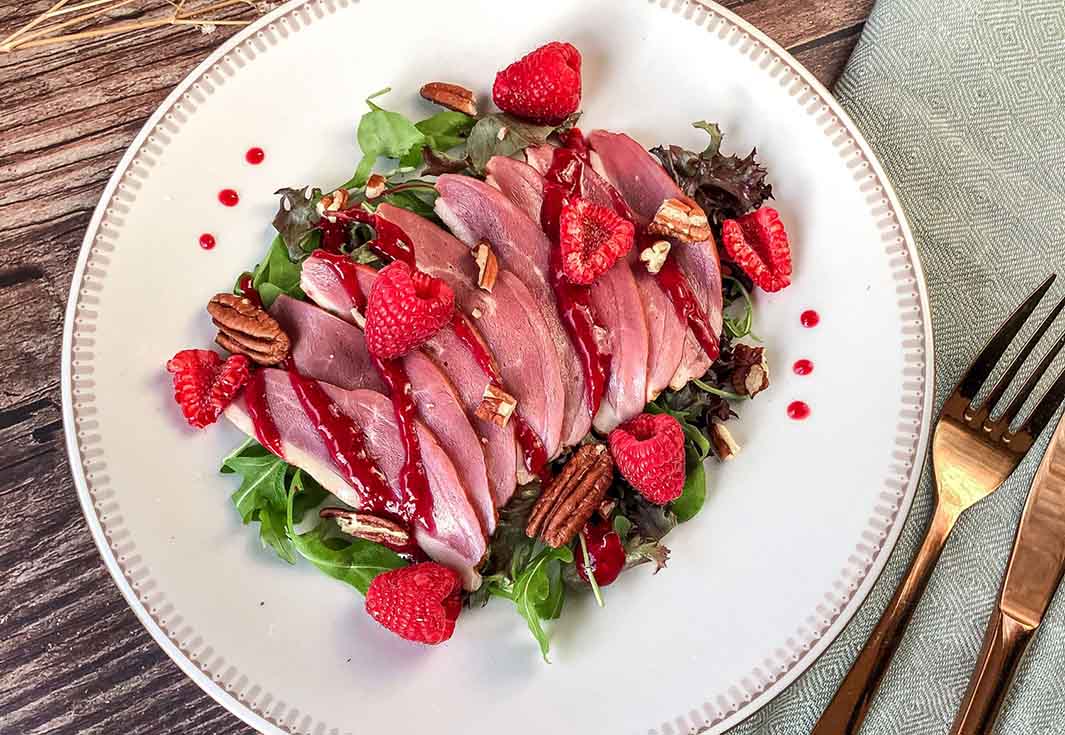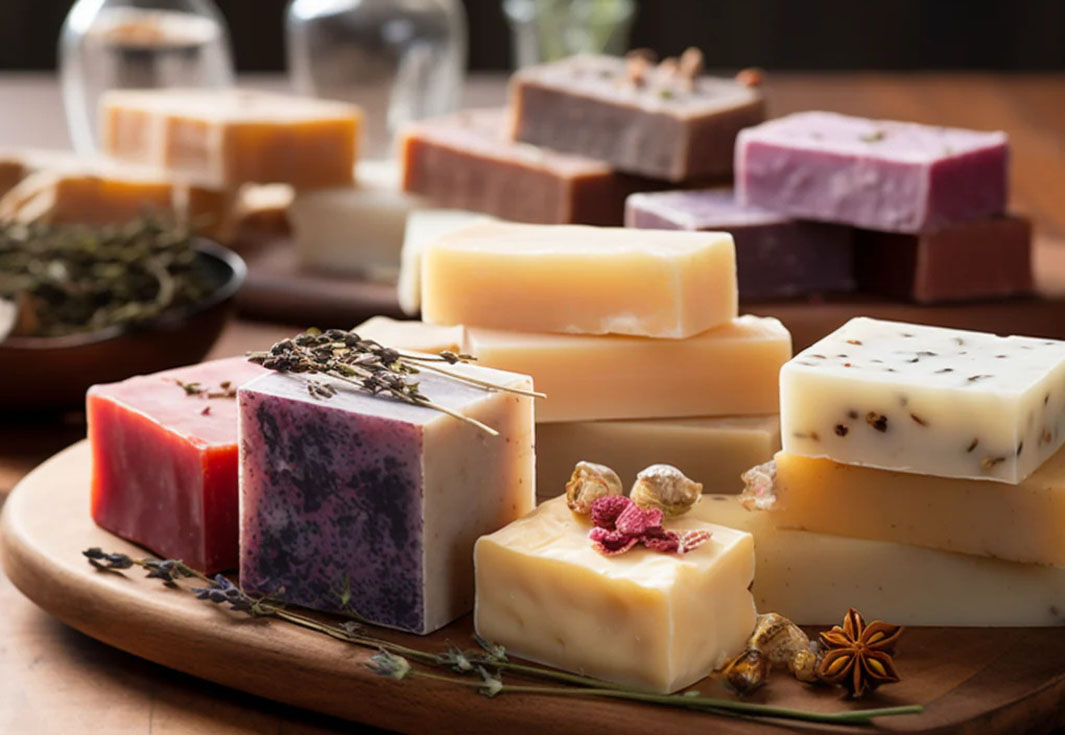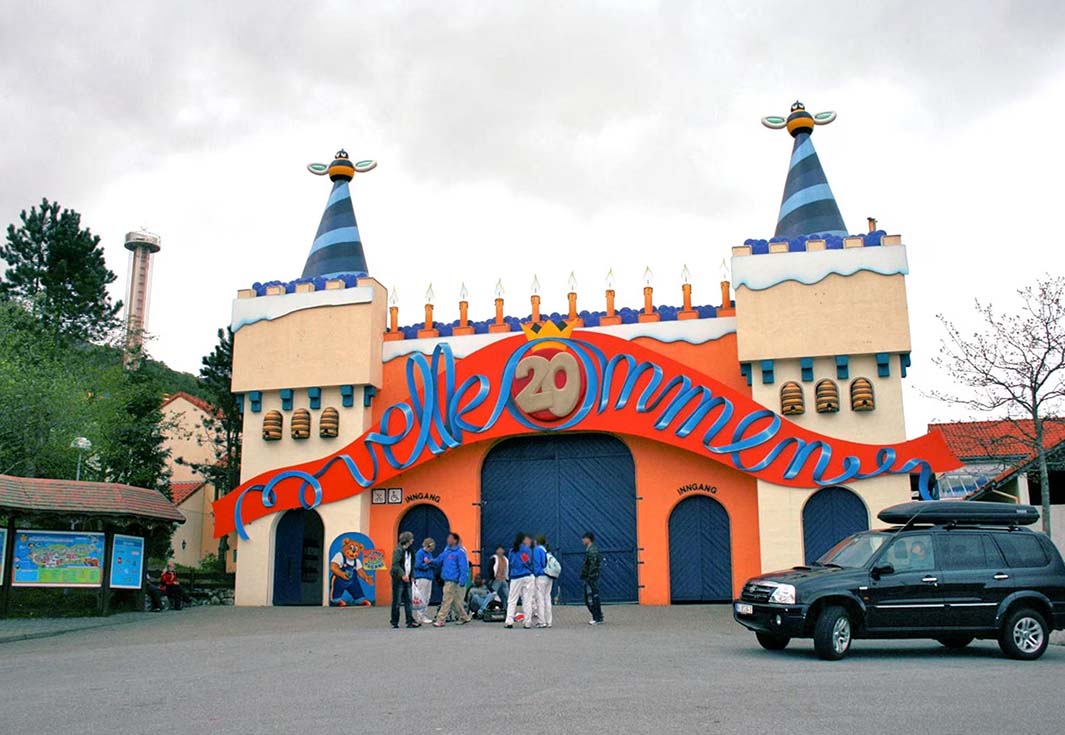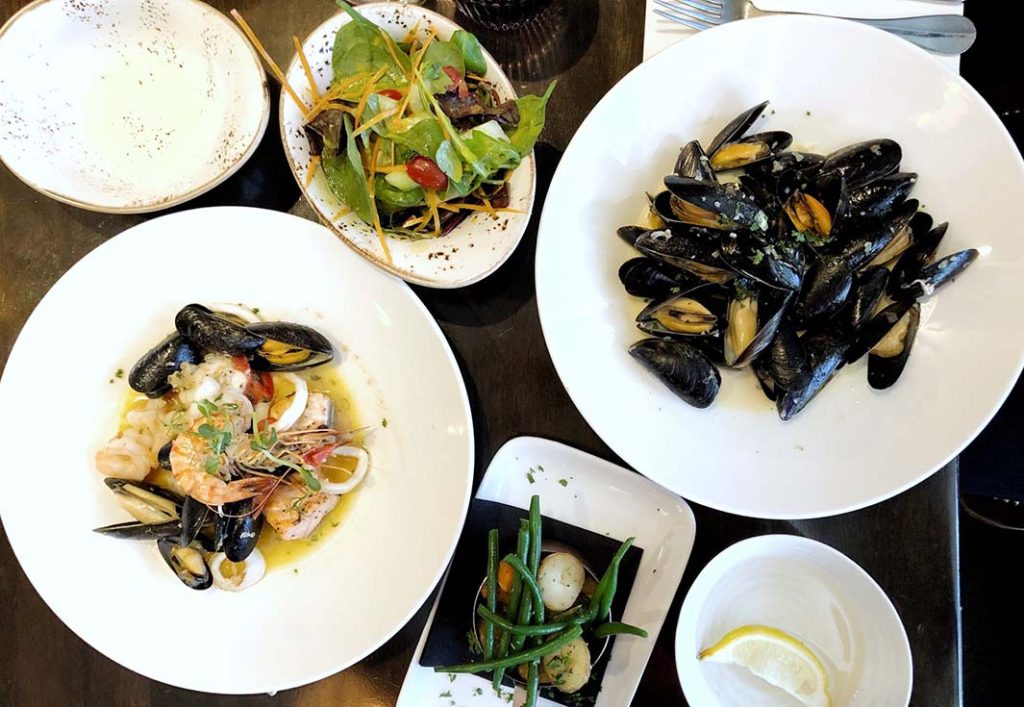The sun had barely begun to set behind the volcanic hills surrounding Clermont-Ferrand, painting the sky with blushes of gold and violet, when I found myself strolling down the cobbled lanes of the city center. I had come with an appetite—not just for food, but for an experience that would linger like the memory of a perfect wine. Dinner in France is never just a meal; it’s a ritual, a quiet celebration of good taste, and in a city as unassuming and soulful as Clermont-Ferrand, it felt especially meaningful.
A charming blend of history and humility, this central French city isn’t as frequently featured in glossy travel guides as Paris or Lyon. But what it lacks in fame, it more than makes up for in character. And nowhere is that character more evident than in its intimate dining scene. I had heard whispers of exquisite kitchens tucked into 17th-century stone buildings, places where candlelight softens the edges of the day, and each course arrives like a love letter to the senses.
1. L’Ostal: Old-World Elegance and Modern Cuisine
I arrived at L’Ostal just as the cathedral bells struck eight, their chimes folding into the quiet of the evening. Located in the historic heart of Clermont-Ferrand, just steps from Place de la Victoire, this restaurant embodies everything I hoped to find: stone walls steeped in history, a hushed dining room with soft jazz playing faintly, and a menu that reads like poetry.
The name “L’Ostal” is derived from the Occitan word for “home,” and that’s exactly what it feels like—if your home were managed by a Michelin-trained chef and decorated by someone with a fondness for velvet banquettes and antique mirrors.
I chose the tasting menu, which offered seven courses with optional wine pairings. The amuse-bouche—a delicate beetroot espuma with goat cheese and hazelnut crumble—set the tone. Highlights included duck magret with blackberry jus and a celery root purée so silky it could’ve been mistaken for cream. The sommelier, whose knowledge rivaled that of a historian, guided me toward a Saint-Pourçain red that sang harmoniously alongside the duck.
Reservations here are essential. I used LaFourchette (TheFork.fr), which provided not only a seamless booking experience but also an early-bird discount that felt like a secret shared among locals.
2. Le Pré: Nature, Refined and Reimagined
Just outside the city, nestled in the volcanic foothills of Durtol, is Le Pré—a destination unto itself. A taxi ride from the center took about fifteen minutes, winding through quiet neighborhoods and forested slopes until the modern facade of the restaurant emerged like a revelation. At first glance, it might seem unassuming. But step inside, and you enter a culinary chapel.
Chef Xavier Beaudiment earned his Michelin stars by honoring nature’s rhythm. Everything on the plate is seasonal, sourced locally, and crafted with reverence. I was shown to a table beside floor-to-ceiling windows that offered an uninterrupted view of the surrounding hills. The room was hushed, the service wordlessly synchronized.
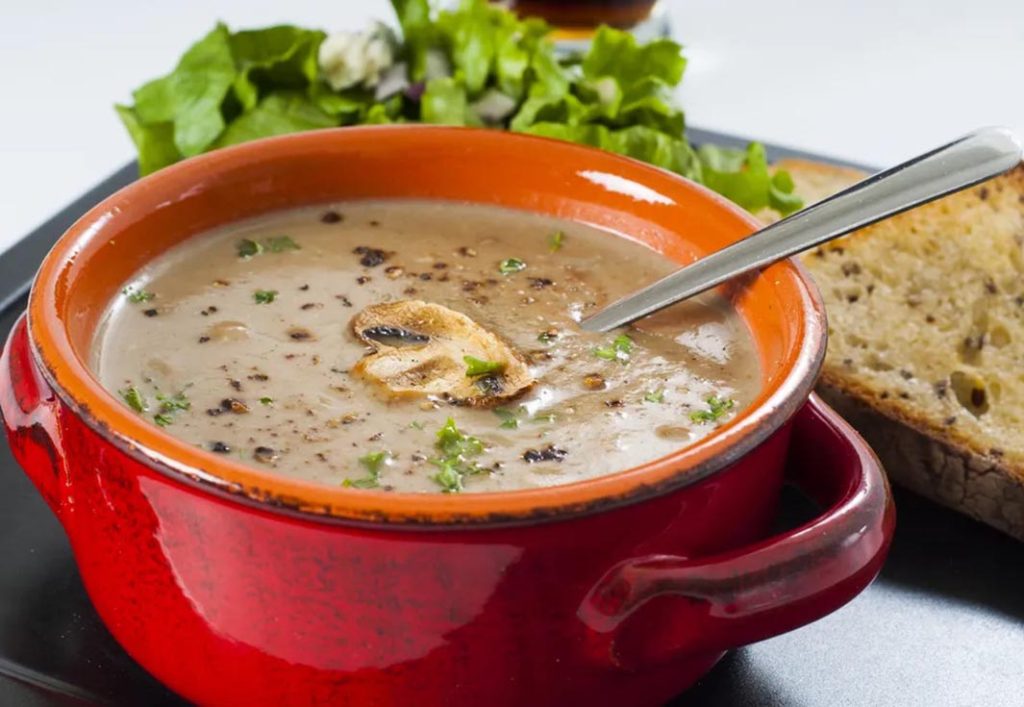
Dinner began with a broth of wild mushrooms, poured tableside over slivers of smoked trout and foraged herbs. Then came pigeon, roasted to rare perfection, served with Jerusalem artichoke and black garlic—a dish so rich with umami it seemed to resonate through the chest rather than the tongue.
The wine list here is formidable, and again, TheFork.fr handled my reservation beautifully. The staff even called the day prior to confirm dietary preferences, a gesture I found both professional and warmly attentive.
3. Le Saint Eutrope: Rustic, Romantic, and Rare
Back in town, just a short walk from the Jardin Lecoq, is Le Saint Eutrope, the kind of bistro that feels like an insider’s find. Run by a couple—he’s the chef, she’s the maître d’—it’s small, warmly lit, and humming with the quiet joy of people who know they’re somewhere special.
There are only a handful of tables, so it’s best to book early—again, I turned to TheFork.fr, which made it easy to see availability weeks in advance.
The menu is short, seasonal, and heartfelt. My starter was a tartare of sea bream, citrus-marinated and served atop shaved fennel. For the main course, I chose veal sweetbreads with morels and vin jaune. Rich, earthy, and sublime, it paired beautifully with a glass of Savagnin from the Jura.
What struck me most about Le Saint Eutrope wasn’t just the food—though it was impeccable—but the sense of time slowing down. The lighting was soft, the music low, and the owners moved through the room as though tending to old friends. It’s the kind of place where you linger long after dessert, sipping a final glass of Armagnac and forgetting the hour entirely.
4. L’Atelier Yssoirien: A Hidden Gem with a Poet’s Soul
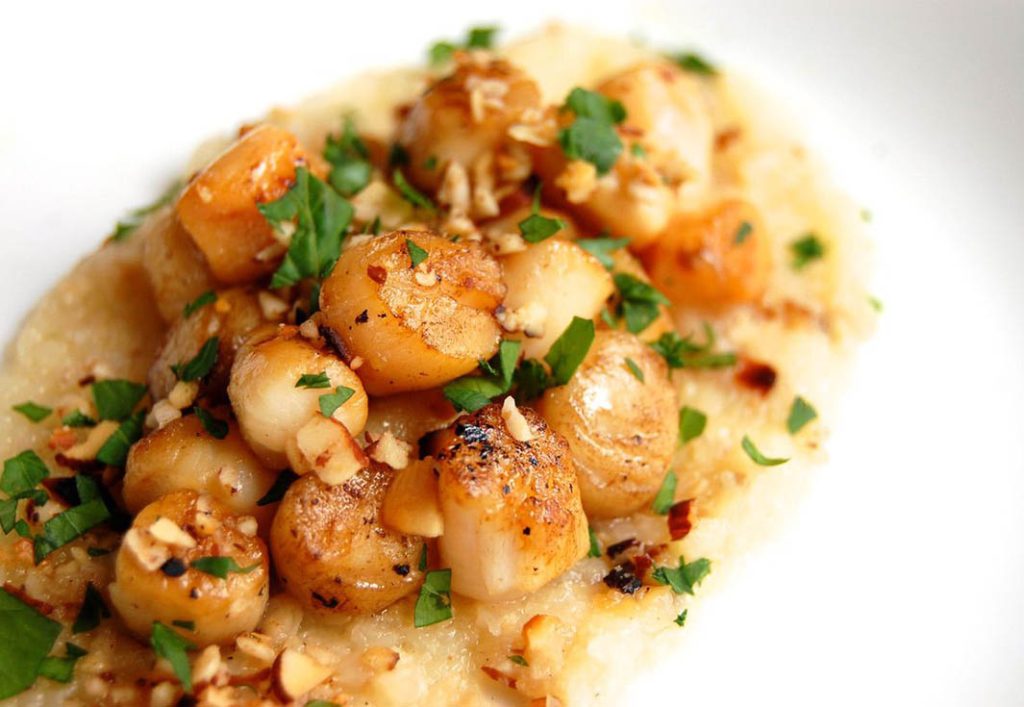
A short train ride to the town of Issoire brought me to L’Atelier Yssoirien, a little-known yet unforgettable spot that sits at the intersection of craftsmanship and culinary art. Though technically outside Clermont-Ferrand proper, its reputation among locals earned it a spot on my list.
The chef, a former sculptor, approaches food with an artist’s precision. The dining room, housed in a converted atelier, retains its creative spirit—bare stone walls, industrial lighting softened by draped linen, and a single shelf of books near the entrance.
Dinner opened with a chestnut velouté poured over roasted pear and blue cheese foam—an unlikely but harmonious marriage. Then came pan-seared scallops with a saffron beurre blanc and saffron rice tinted with squid ink. Every plate was a composition, not just of flavors but of textures and temperatures.
Reservations can be made through LaFourchette, though calling ahead offers the chance to inquire about seasonal specialties. The wine list leans toward biodynamic selections, with a focus on Auvergne vineyards often overlooked by larger publications.
5. L’Épicurien: Classical Romance in the Shadow of the Cathedral
The last restaurant I visited was L’Épicurien, which occupies a timeless corner near the Clermont Cathedral. It is, in every sense, what one hopes for in a romantic French dinner: crisp linens, candlelit tables, and a menu that balances innovation with reverence for tradition.
I began with escargots de Bourgogne, their garlicky richness balanced by a chilled glass of white Burgundy. Then, a main course of beef filet with truffle jus and potato mille-feuille—flavors so classic they might have been scripted by Escoffier himself, yet executed with a freshness that kept them from ever feeling stale.
The dessert, a deconstructed tarte Tatin served warm with Calvados ice cream, reminded me how French cuisine can celebrate the familiar while still surprising the palate.
TheFork again proved invaluable for securing a prime table—near the window, with a view of the gothic cathedral illuminated at night.
Evenings in Clermont-Ferrand unfold slowly. The streets quiet down, the shops close, and the city seems to hand itself over to those who know where to go. Each of these restaurants offered not only remarkable food but a story, a moment of connection, a scene I’ll carry long after the flight home.
For those who believe that a great dinner is more than just nourishment, that it’s a way of discovering place, culture, and even oneself—Clermont-Ferrand offers a table worth sitting at. And thanks to platforms like TheFork.fr, planning such evenings becomes less about logistics and more about anticipation. Each reservation holds the promise of discovery, of savoring something genuine, heartfelt, and entirely French.
